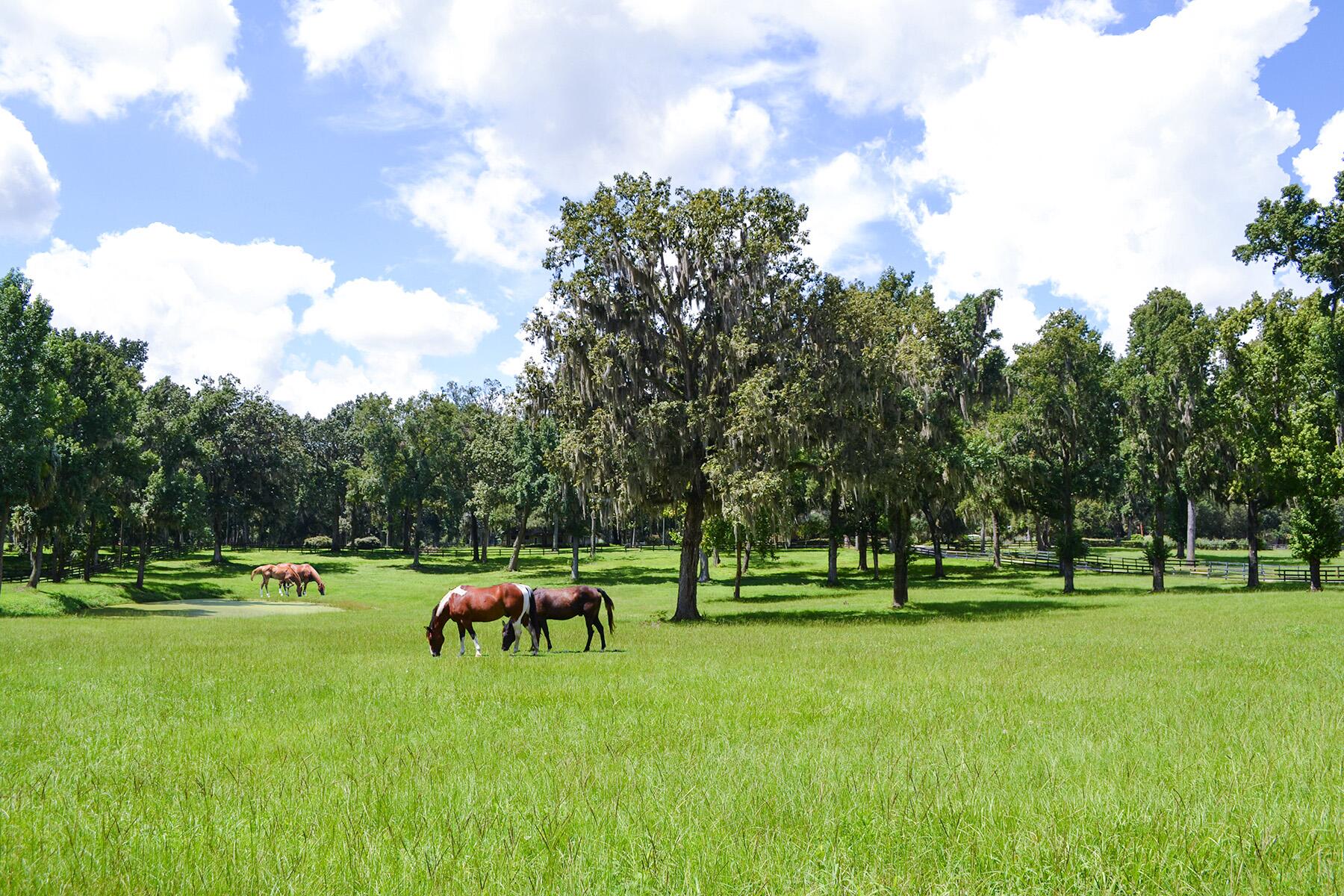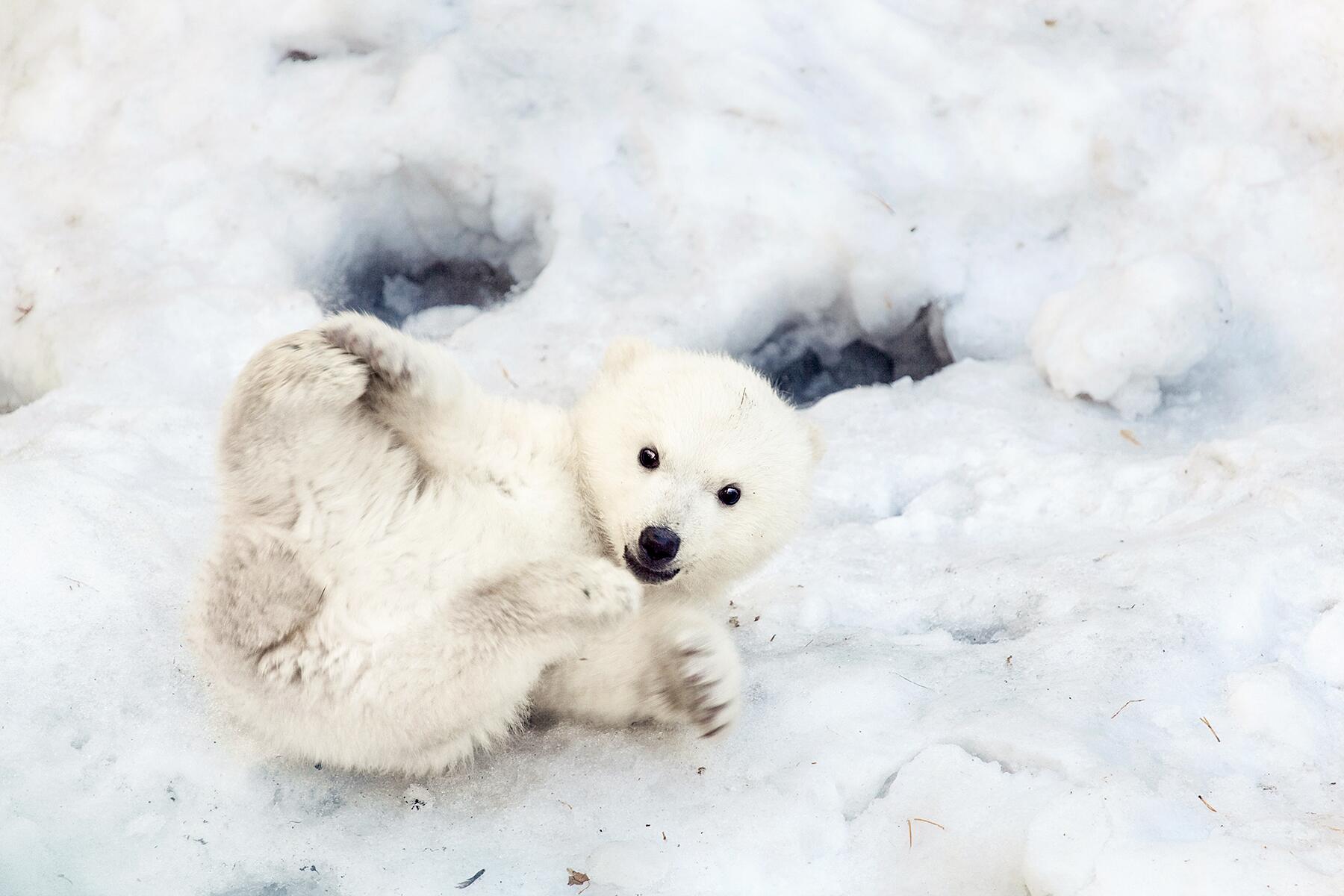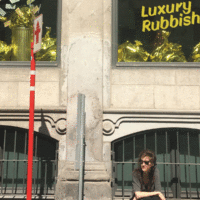Let's go on a snowy journey into the Arctic tundra, and meet a new cast of chilly little creatures.
If there was a word to describe the animals of the Arctic, it’s this: resilient. You have to be to survive such intense temperatures, snow, and overall rough (cold!) terrain. Each of these animals is born with special adaptations to enable them to live in such a harsh environment–thick coats, insulated fat storage, and heightened senses (polar bears can smell a seal three feet below the snow, for example). And another thing they all have in common? They are…quite cute.





